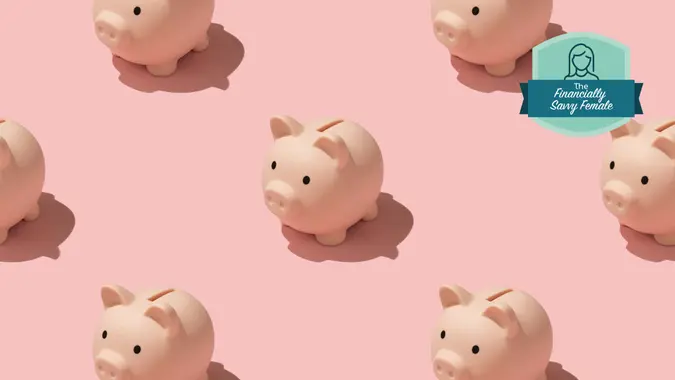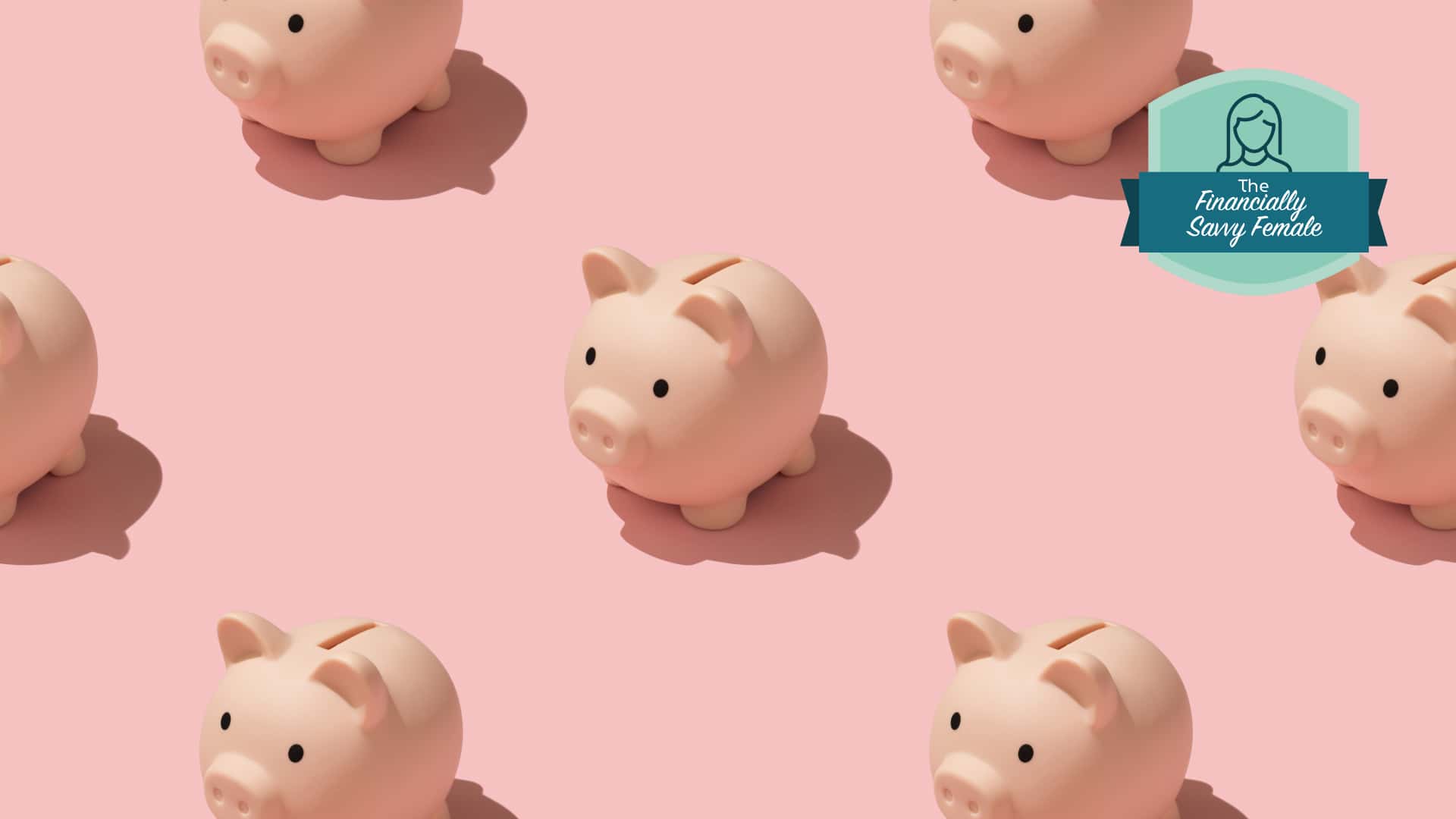
InspirationGP / iStock.com
Would you be able to guess what women say are their worst money habits? Key findings in GOBankingRates’ women and finances 2023 survey highlight financial habits that women said rank among their worst. Let’s take a closer look at the money habits that top their lists, especially among young women, and tips for how women can break free of these habits.
Do You Have a Money Question? Ask an Expert
Discover: 3 Ways to Recession Proof Your Retirement
Here are the bad money habits topping the list for young women’s worst financial foes.
Which Money Habits Do Women Consider Their Worst?
Among the 1,016 women surveyed by GOBankingRates, the worst money habits among overall respondents broke down into the following categories.
- Impulse shopping: 29%
- Not having or sticking to a budget: 20%
- Ordering food delivery too often: 10%
Now let’s look at how these percentages are broken down for women between the ages of 18 to 24.
- Impulse shopping: 32%
- Not having or sticking to a budget: 24%
- Ordering food delivery too often: 18%
Each percentage is slightly higher than the percentages for overall respondents, particularly in the category of food delivery purchases.
Take Our Poll: What Do You Plan To Use Your Tax Refund For?
Bad Money Habits With Surprisingly Low Percentages
Interestingly, other types of bad money habits have much lower percentages among young women.
Only 3% of women between the ages of 18 to 24 said they paid the minimum balance on their credit card bills. And 8% of the same age range said their worst money habit was splurging on hair, nails and other beauty treatments. This contrasts only slightly against the percentages for overall women surveyed by GOBankingRates with 7% paying the minimum balance on credit cards and 2% splurging on beauty.
Tips for Curbing Bad Money Habits
Do you want to kick your impulse shopping, lack of budgeting and excessive food delivery orders to the curb? These tips will help women to get out of the bad money habit cycle.
How Young Women Can Stop Impulse Shopping
Young women who want to break impulse shopping habits should start by identifying their triggers, said Samantha Hawrylack, co-founder of How To FIRE. Some of these triggers may include feeling bored or wanting something new.
Once they understand why they’re shopping, Hawrylack said they can create strategies to manage their urges. Young women who shop out of boredom, for example, may decide to put this time toward exploring a new hobby or revisiting an activity they enjoy.
Gillian McCarthy, CFP and financial advisor at Great Oak Wealth Management, also recommends the envelope method, or cash stuffing, for young women who want to stop impulse spending.
Each month, women can add a set amount of cash to an envelope dedicated to impulse buys. Anything they want to splurge on has to come out of the envelope. Once the envelope is empty, they are done spending in this category for the month. McCarthy said it’s an easy visual way for young women to see their spending and create a hard stop on how much they spend on impulse buys.
How Young Women Can Cut Back on Food Delivery
Ordering in is very easy and fast to do. For young women who want to keep these expenses under control, Trae Bodge, smart shopping expert at TrueTrae, said to establish a set number of times each week when you can order in. Stick to this number to ensure when you do order in, it feels like a treat.
Bodge also recommends placing your food delivery order on your laptop instead of your smartphone.
“It’s easier to use coupons or earn cashback with a deal site,” Bodge said. Those ordering food on their laptop with a browser extension installed for a website like Slickdeals, for example, will be able to find discounts and allow the extension to run coupons for you during checkout.
How Young Women Can Stick To Budgets
It’s not uncommon to feel restricted or overwhelmed by the idea of creating and sticking to a budget. And for some women, a line-by-line budget might not be designed for them.
If you find this is the case, Bodge recommends creating a loose budget. This is a budget based on what you spend each month on your bills, your salary and any money you have left over. The leftover amount, Bodge said, can be divided into saving and spending buckets. The amount in your spending bucket is your “allowance” which can then be used for shopping and going out.
More From GOBankingRates
Methodology: GOBankingRates surveyed 1,016 American women aged 18 and older from across the country on between February 17 and February 21, 2023, asking twenty different questions: (1) What is your primary financial goal?; (2) What is the biggest barrier to achieving your financial goal?; (3) If you are actively investing, what is your primary investment vehicle?; (4) If you are not actively investing, what’s preventing you from investing?; (5) What’s the biggest obstacle you’ve faced in your career path?; (6) How much student loan debt do you currently have?; (7) How much credit card debt do you currently have?; (8) What is your biggest obstacle to paying off your debts (credit card, student loan, medical, etc.)?; (9) What is your biggest source of financial worry/stress?; (10) What workplace benefit is most important to you?; (11) What is your worst money habit?; (12) How involved are you in household financial decisions compared to your partner?; (13) Which of the following financial professionals have you utilized? (Select all that apply)?; (14) Do you consider yourself financially secure/stable?; (15) What is your biggest financial regret?; (16) Do you consider yourself bad with money?; (17) If you are a parent, which cost are you most overwhelmed by?; (18) If you are a parent, what best describes your current work situation?; (19) How would you describe your relationship with money?; and (20) Do you consider yourself to be financially independent?. GOBankingRates used PureSpectrum’s survey platform to conduct the poll.

